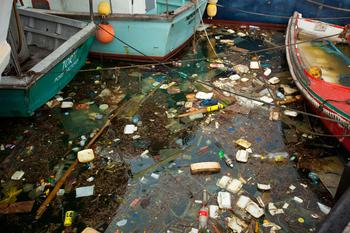At the beginning of the 21st century, the world faces a water crisis, both of quantity and quality. Continuing population growth and urbanisation, rapid industralisation, and expanding and intensifying food production as well as climate change are all putting pressure on water resources. There are many causes driving this crisis, but it is clear that freshwater and coastal ecosystems across the globe, upon which humanity has depended for millennia, are increasingly threatened. (Corcoran et al. 2010)
The water crisis is threatening human health, limiting food production, reducing ecosystem functions and hindering economic growth. Water quality degradation translates directly into environmental, social and economic problems. The availability of the world’s scarce water resources is increasingly limited due to the worsening pollution of freshwater resources caused by the disposal of large quantities of insufficiently treated, or untreated, wastewater into rivers, lakes, aquifers and coastal waters. (UNESCO 2015)
Therefore it is essential to find appropriate solutions to solve these problems!
